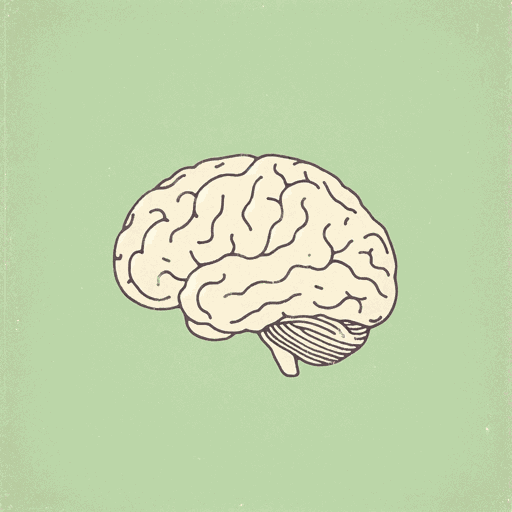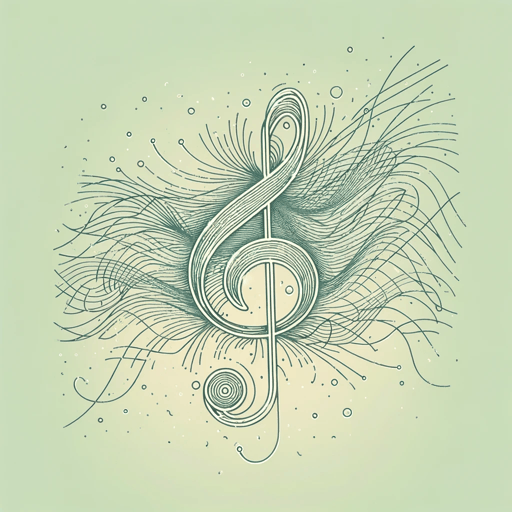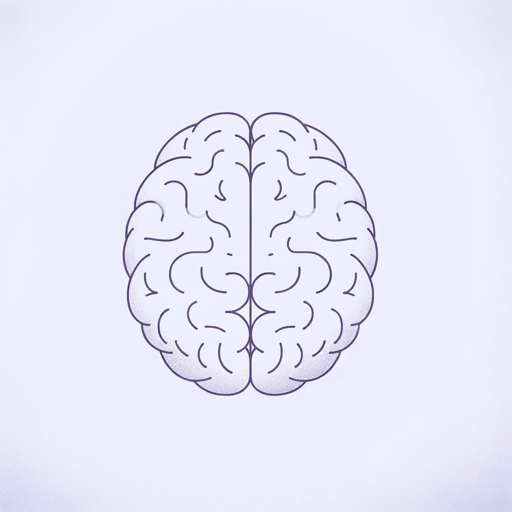67 pages • 2 hours read
Oliver SacksThe Man Who Mistook His Wife for a Hat
Nonfiction | Book | Adult | Published in 1985A modern alternative to SparkNotes and CliffsNotes, SuperSummary offers high-quality Study Guides with detailed chapter summaries and analysis of major themes, characters, and more.
Important Quotes
“My work, my life, is all with the sick—but the sick and their sickness drives me to thoughts which, perhaps, I might otherwise not have. So much so that I am compelled to ask, with Nietzsche: ‘As for sickness: are we not almost tempted to ask whether we could get along without it?’—and to see the questions it raises as fundamental in nature. Constantly my patients drive me to question, and constantly my questions drive me to patients—thus in the stories or studies which follow there is a continual movement from one to the other.”
(Preface, Page iii)
Sacks does not purport to know everything from the start, nor is he coming to the reader with definite answers. Through his own process of discovery, relationships with patients, and continued investigation, Sacks invites readers to join him in his search for answers. The Preface, which quotes German philosopher Friedrich Wilhelm Nietzsche, also establishes that the book will have existential underpinnings. As a writer, Sacks utilizes several rhetorical and literary devices to communicate his stories. Throughout the book, Sacks alludes to eminent neurologists, philosophers, literary authors, and more.
“One important reason for the neglect of the right, or ‘minor,’ hemisphere, as it has always been called, is that while it is easy to demonstrate the effects of variously located lesions on the left side, the corresponding syndromes of the right hemisphere are much less distinct. It was presumed, usually contemptuously, to be more ‘primitive’ than the left, the latter being seen as the unique flower of human evolution. And in a sense this is correct: the left hemisphere is more sophisticated and specialized, a very late outgrowth of the primate, and especially the hominid, brain. On the other hand, it is the right hemisphere which controls the crucial powers of recognizing reality which every living creature must have in order to survive. The left hemisphere, like a computer tacked onto the basic creatural brain, is designed for programs and schematics; and classical neurology was more concerned with schematics than with reality, so that when, at last, some of the right hemisphere syndromes emerged, they were considered bizarre.”
(Preface, Pages v-vi)
Sacks clarifies his choice of subject matter—damages to the right hemisphere of the brain—and why this exploration is important. There is already significant research into the left hemisphere of the brain and what happens when it is damaged, but less so the effects of damage to the right. Sacks decisively relates stories of patients who experienced right-hemisphere damage and whose stories appear “bizarre.” In noting the shortsightedness of classical neurology, Sacks also introduces the theme of Romantic Science Versus Classical Science.
“Neurology’s favorite word is ‘deficit’, denoting an impairment or incapacity of neurological function: loss of speech, loss of language, loss of memory, loss of vision, loss of dexterity, loss of identity and myriad other lacks and losses of specific functions (or faculties).”
(Part 1, Introduction, Page 5)
In Part 1, “Losses,” Sacks shares stories of patients who have such “deficits.” In the following three parts, he discusses neurological conditions that are not forms of deficits, thus critiquing and expanding upon the traditional model and attitude of neurologists.
Related Titles
By Oliver Sacks

An Anthropologist on Mars: Seven Paradoxical Tales
Oliver Sacks

Hallucinations
Oliver Sacks

Musicophilia: Tales of Music and the Brain
Oliver Sacks

On the Move: A Life
Oliver Sacks

Seeing Voices
Oliver Sacks

The River of Consciousness
Oliver Sacks

Uncle Tungsten
Oliver Sacks

